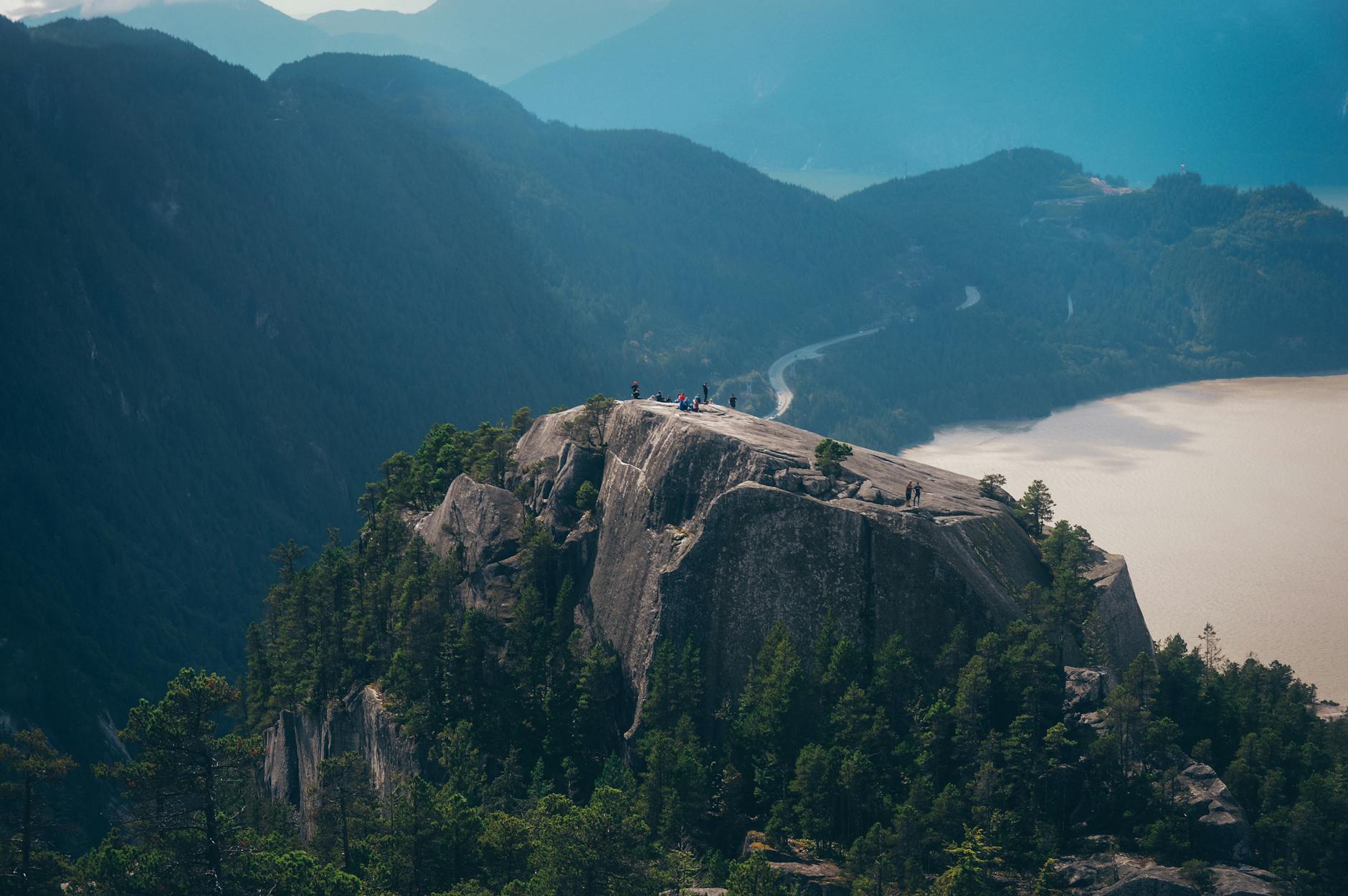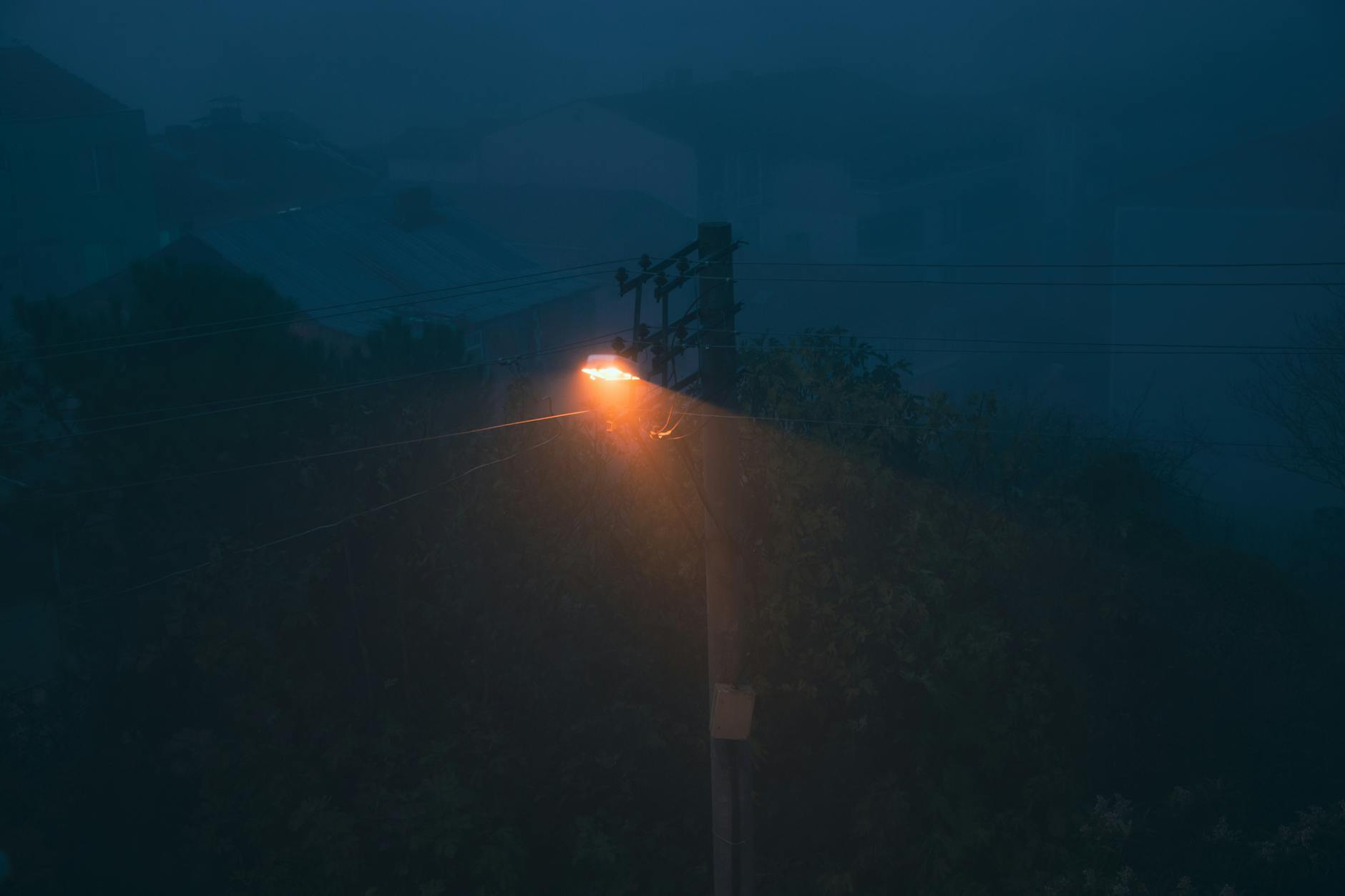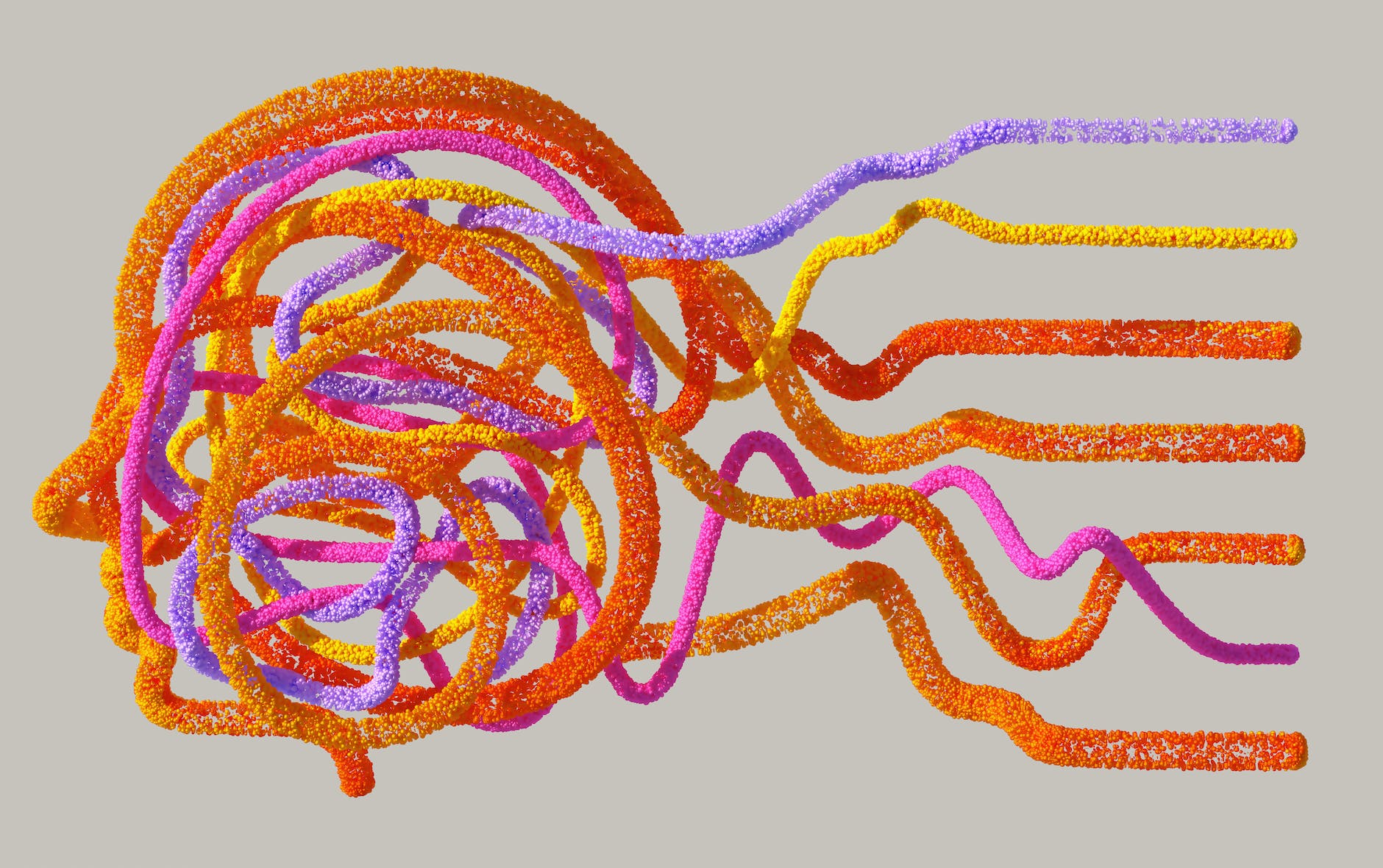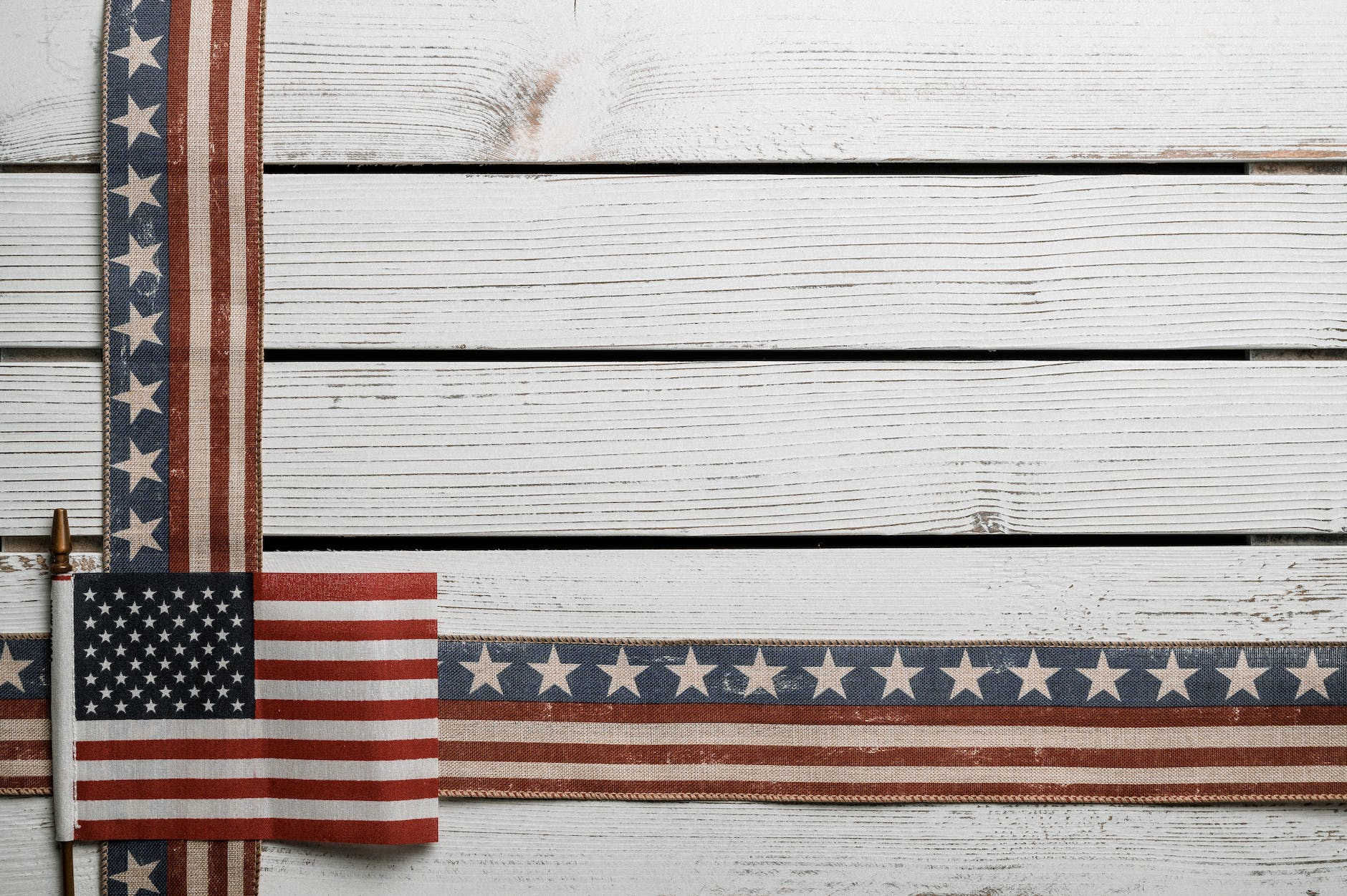In the late 1950s and throughout the 1960s, a profound artistic revolution burst onto the scene, transforming global pop culture. At the heart of this vibrant uprising was the influence of psychedelics – a mind-altering exciting yet controversial force that extensively shaped both music and visual arts. The trippy, sensory effects of psychedelics turned into a fountainhead of inspiration, leading to remarkable expressions of audacious creativity.
Arguably, the most notable manifestation of this revolution was witnessed in the music industry, particularly within the psychedelic rock genre. This form of music, marked by its alluring melodic patterns and intricate song structures, reflected the altered states of consciousness that psychedelics induced. Artists like the Grateful Dead, Jefferson Airplane, and Pink Floyd found their innermost creativity unleashed by these substances, and managed to turn them into audio masterpieces (source).
Psychedelic rock sub-genre, psytrance, also owes its effervescent sounds and beats to the influence of psychedelics. Derived from the Greek word ‘psychedelos’, meaning ‘mind-manifesting’, psytrance was heavily influenced by the use of mind-altering substances. Synthesizers, samplers, and computers would produce complex, layered melodies designed to stimulate particular psychedelic experiences. This music often cascaded into a twisted, pulsating melody submerging the listener into an experience similar to that of a psychedelic journey (source).
Simultaneously, the realm of visual arts underwent a similar surrealistic transformation. Psychedelic influence unraveled an unprecedented appreciation for visual hallucinations, stimulating artists to project their experiences onto the canvas. Their palette suddenly embraced bold, vivid colors and swirly patterns that played with perception, typically associated with surrealist art forms. This artistic revolution captured an entirely new mode of visual expression, which began to infiltrate popular culture (source).
A salient example of psychedelic influence within the visual arts can be found in the album covers of the time. Album art, like the music itself, became enriched with an air of experimental creativity. Defined by particularly vibrant colors, complex geometric patterns, and distorted, hallucinogenic imagery, album covers like The Beatles’s Sgt. Pepper’s Lonely Hearts Club Band, and Cream’s Disraeli Gears truly exemplified the era’s heady mix of music and art (source).
Another fascinating aspect of the psychedelic experience is the phenomenon of synesthesia, described as a cross-wiring of sensory perception, commonly resulting in the ability to ‘see’ music or ‘hear’ colors. Some prominent artists like Wassily Kandinsky and Paul Klee reportedly had this condition and utilized it as a part of their artistic inspiration (source). The psychedelic experience often temporarily induced synesthesia, motivating musicians and artists to explore these mind-bending crossovers of sensory perception.
Indeed, the influence of psychedelics within music and visual arts has had a lasting impact. While solidifying its place within the annals of pop culture, it proved pivotal in driving the evolution of 21st-century art forms. From yielding striking sonic explorations in music to engendering remarkable creativity in visual arts, the impact of psychedelics on the artistic world continues to resonate. It has not only reshaped how we perceive music and art but also contributed to understanding the profound capabilities of the human mind and consciousness.








